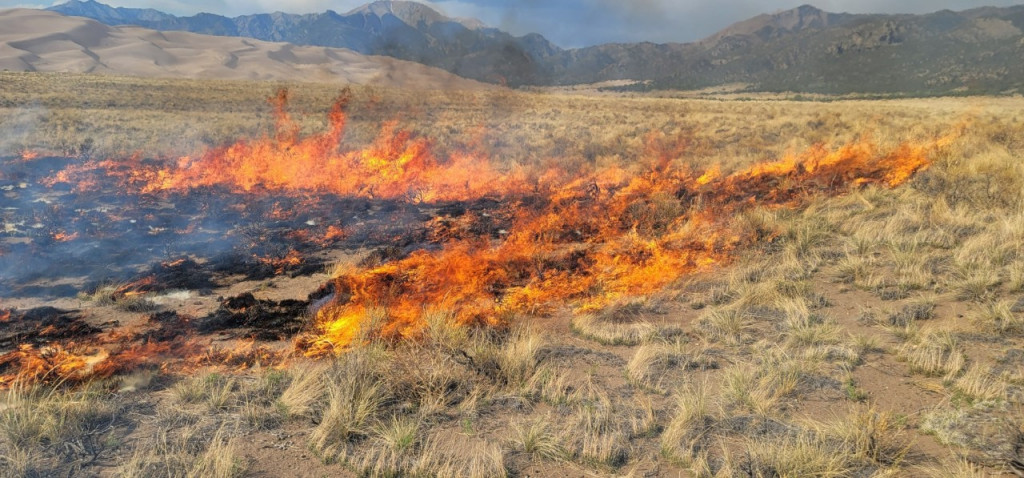Colorado wildfires: Updates on the 2022 season

STATEWIDE—When Colorado lawmakers and emergency officials gave an update a month ago ahead of the 2022 wildfire season, their assessment was grim.
“We may very well be heading into the worst fire season in our state’s history,” Senate President Steve Fenberg, a Democrat from Boulder, said at a news conference at the Capitol. “I hope I am terribly wrong about that, but we need to prepare for the worst-case scenario.”
As of May 19, more than half of Colorado remained under a “severe” drought classification from the U.S. Drought Monitor, and that figure could rise throughout the summer after a faster-than-usual depletion of snowpack across the state. High winds and unseasonably warm spring temperatures have exacerbated fire risk, especially in the foothills along the Front Range and on the Eastern Plains.
“Episodes of strong downslope wind events off the … Front Range eastward across the High Plains were much more frequent and intense,” wrote officials with the National Interagency Fire Center in a May update. “The National Weather Service offices in Wyoming and Colorado reported record numbers of High Wind Warnings. In April, Colorado observed 19 consecutive days with Red Flag Warnings, which is unprecedented.”
As the year began, crews were still working to officially contain the smoldering Marshall Fire, which tore through suburban communities in Boulder County on Dec. 30, killing two people and destroying more than 1,000 homes. Since then, several small fires have similarly threatened Front Range communities, including the NCAR Fire in Boulder in late March and a May 14 grass fire that caused a shelter-in-place order at the Colorado Springs Airport.
Monthly forecasts from the NIFC continue to project above-average risk for “significant wildland fires” across much of Colorado in May and June.
Fueled by climate change, much of Colorado has grown hotter and drier in recent decades, increasing wildfire risk. The three largest wildfires in Colorado history all occurred in 2020, and the state’s 20 biggest fires on record have all occurred in the past 20 years.



